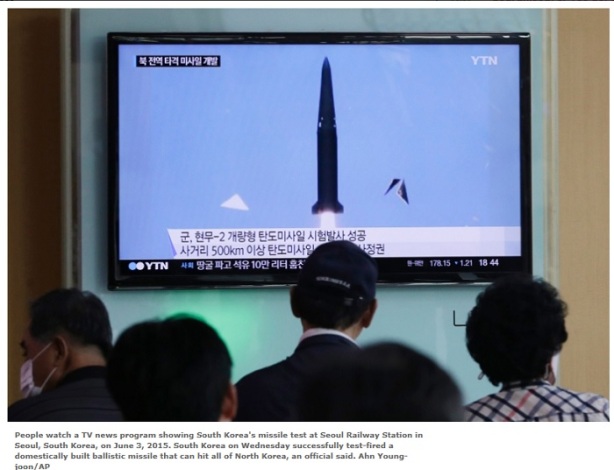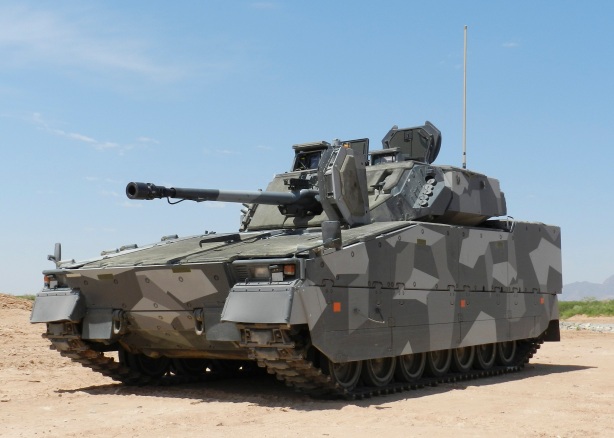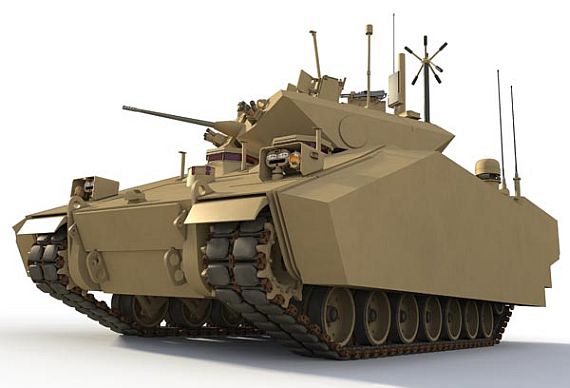Although South Korea’s nuclear weapons research program effectively ended on April 23, 1975, with its ratification of the Nuclear Non-Proliferation Treaty, reports indicate that they indeed may have the bomb. According to several news sources, South Korea on Wednesday successfully test-fired a domestically built ballistic missile that can hit all of North Korea, amid continuing animosity between the rivals over the North’s push to bolster its nuclear and missile capabilities. The missile purportedly has a range of 500-miles, meaning it could strike any target within North Korea. Earlier this year, North Korea test fired its own ICBM from a submerged submarine, indicating that the missile could reach as far as the west coast of the United States, although its not clear if the missile’s guidance system is as sophisticated as they claim.
Its hard to imagine a scenario where the country would develop, test and field a missile with this type of range and targeting capability if it wasn’t tipped with an atomic device and instead carry conventional weaponry. Where this weapons race will lead is anyone’s guess, with a potential nuclear exchange between the two countries coming about in a matter of a few minutes.



